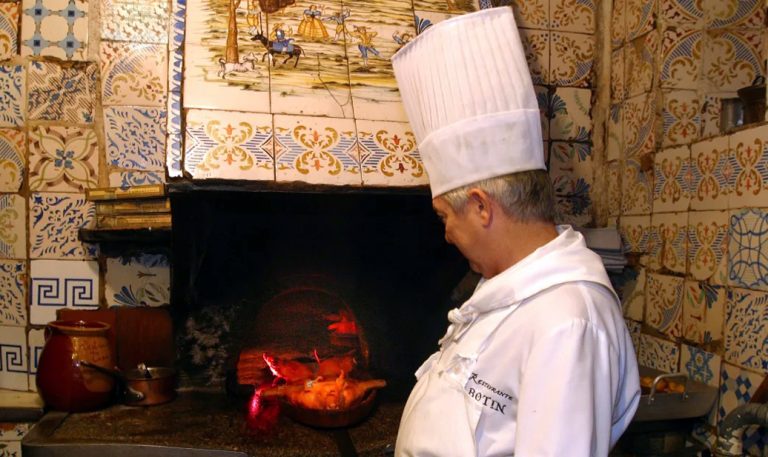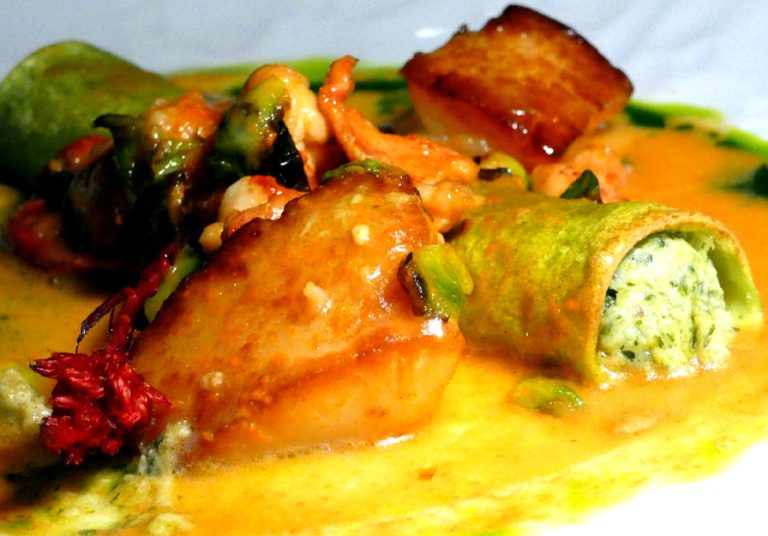Published with permission from LuxuryWeb Magazine
Nestled in the quaint street of Cuchilleros, just a stone’s throw from Plaza Mayor, lies Sobrino de Botín: a jewel in Madrid’s culinary crown. This storied establishment holds a special place in my heart, beckoning me to dine there whenever I visit Madrid.
Dating back to 1590, this building began its journey as an inn. It proudly holds the title of the world’s oldest continuously operating restaurant, as per the Guinness Book of Records. The foundation of Casa Botín in 1725 by French chef Jean Botín marked its culinary beginnings. Jean Botín, initially a chef for a local nobleman, transformed the space into a dining haven.
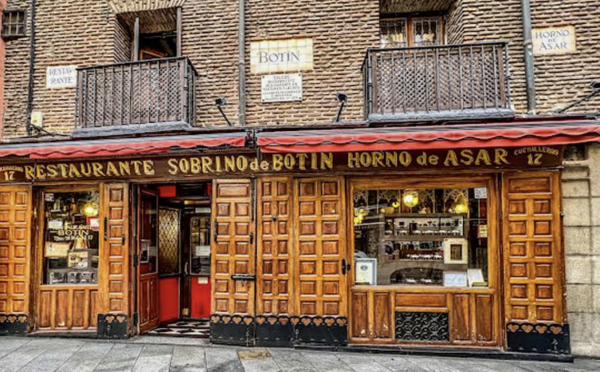
Following his death in 1753, the establishment was taken over and renamed “Sobrino de Botín” by the nephew of Botín’s Spanish wife, a name it retains to this day. Currently, the González family, direct descendants of Botín’s wife and the fourth-generation owners, preside over this historic eatery.
Botín’s culinary signature, roast suckling pig, has an interesting backstory. Initially, to avoid competing with Plaza Mayor’s butchers, the inn could not operate as a full restaurant. Travelers were required to purchase their meat from these butchers and bring it to the inn for cooking. This changed in the late 18th century, allowing Botín to evolve into the restaurant we know today.
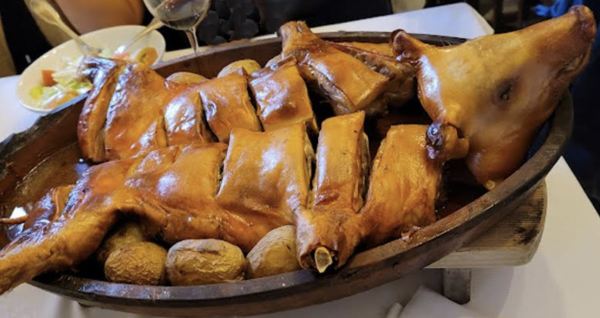
Success
You are now signed up for our newsletter
Success
Check your email to complete sign up
The restaurant now spans all four floors of the building, meticulously preserving the essence of its historical past. The cellar, now a dining area, and the kitchen’s wood oven, essential for preparing their iconic dishes, date back to 1590. The oven’s flame has reportedly been burning for over 300 years since the Botíns’ era.
Botín’s walls have witnessed the early career of Francisco José de Goya y Lucientes, the renowned Spanish romantic painter, who worked there in his youth. The restaurant also featured prominently in Ernest Hemingway’s life and works. It was one of his beloved spots in Madrid, immortalized in his novel “The Sun Also Rises,” where he praises Botín’s offerings. Hemingway’s “Death in the Afternoon” also pays homage to the restaurant’s culinary delights.
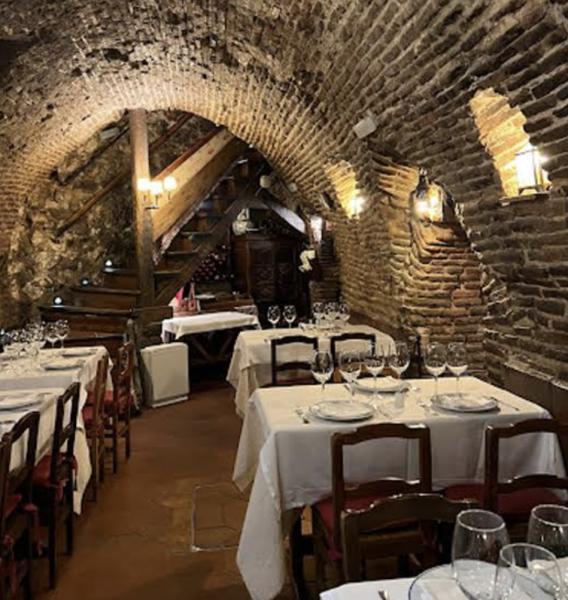
The staff proudly shares tales of Hemingway’s visits and can point out the table where he dined. Graham Greene, in one of his final works “Monsignor Quixote,” also mentions Botín, adding to the restaurant’s literary connections. Esteemed guests like Jacqueline Kennedy Onassis, Charlton Heston, Ava Gardner, and Nancy Reagan have been drawn to this historic venue, captivated by its unique ambiance and exquisite cuisine.
In the 18th century, Casa Botín and Café Botín were known as a tavern, a term then reserved for establishments that served alcoholic drinks and food. Today, Botín continues its legacy, serving classic Spanish cuisine crafted from time-honored recipes and accompanied by an exceptional selection of Spanish wines.
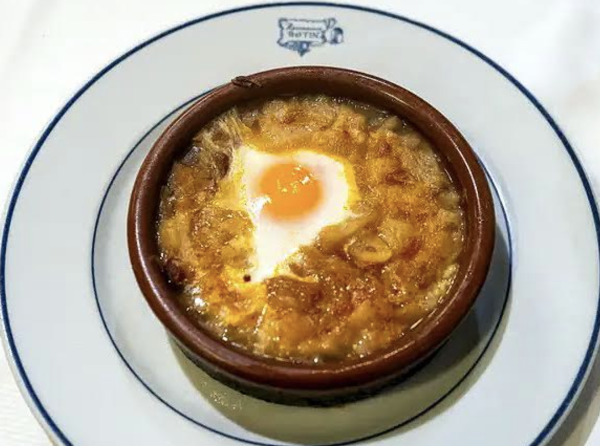
Apart from the famed roast suckling piglet, or cochinillo asado, with its tender meat and crispy skin, the menu boasts other delicacies. These include Cordero asado (roast lamb), sopa de ajo (a traditional hangover remedy made with garlic), and a variety of other exquisite dishes.
While reservations are recommended, they are not always necessary. The ideal time for a meal is during lunch, served between 1:15-4:00 pm in Spain. The waitstaff, both friendly and attentive, take immense pride in being part of such a historic institution. For those who enjoy a fine drink, the restaurant offers an excellent selection of Rioja and Catalan wines, and for tapas, their fino sherry is a must-try.
For more information, visit:
Sobrino de Botín Calle Cuchilleros 17, 28005, Madrid, Spain
Phone: +34 91 366 42 17, +34 91 366 30 26
Website: https://botin.es/en/home/



